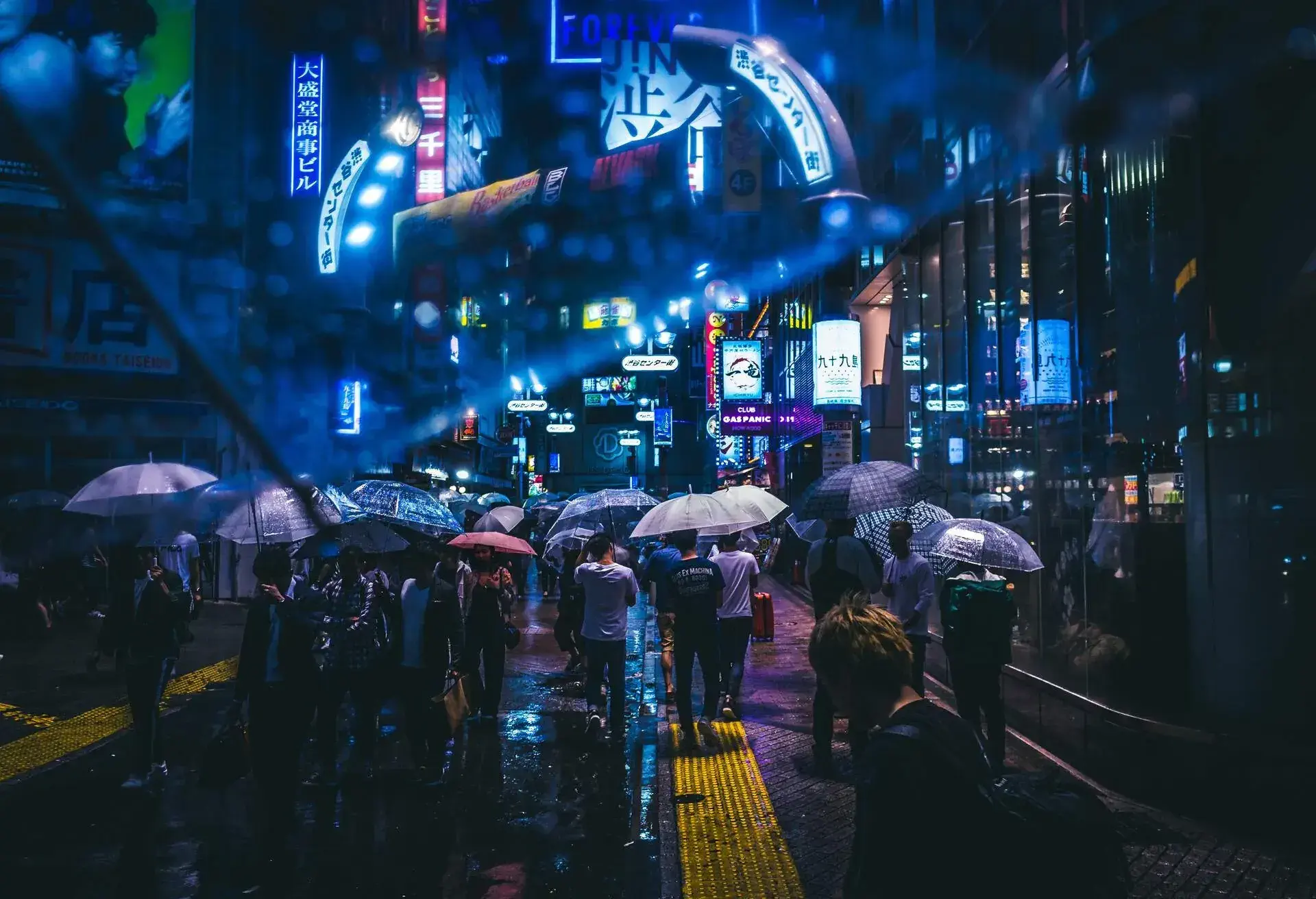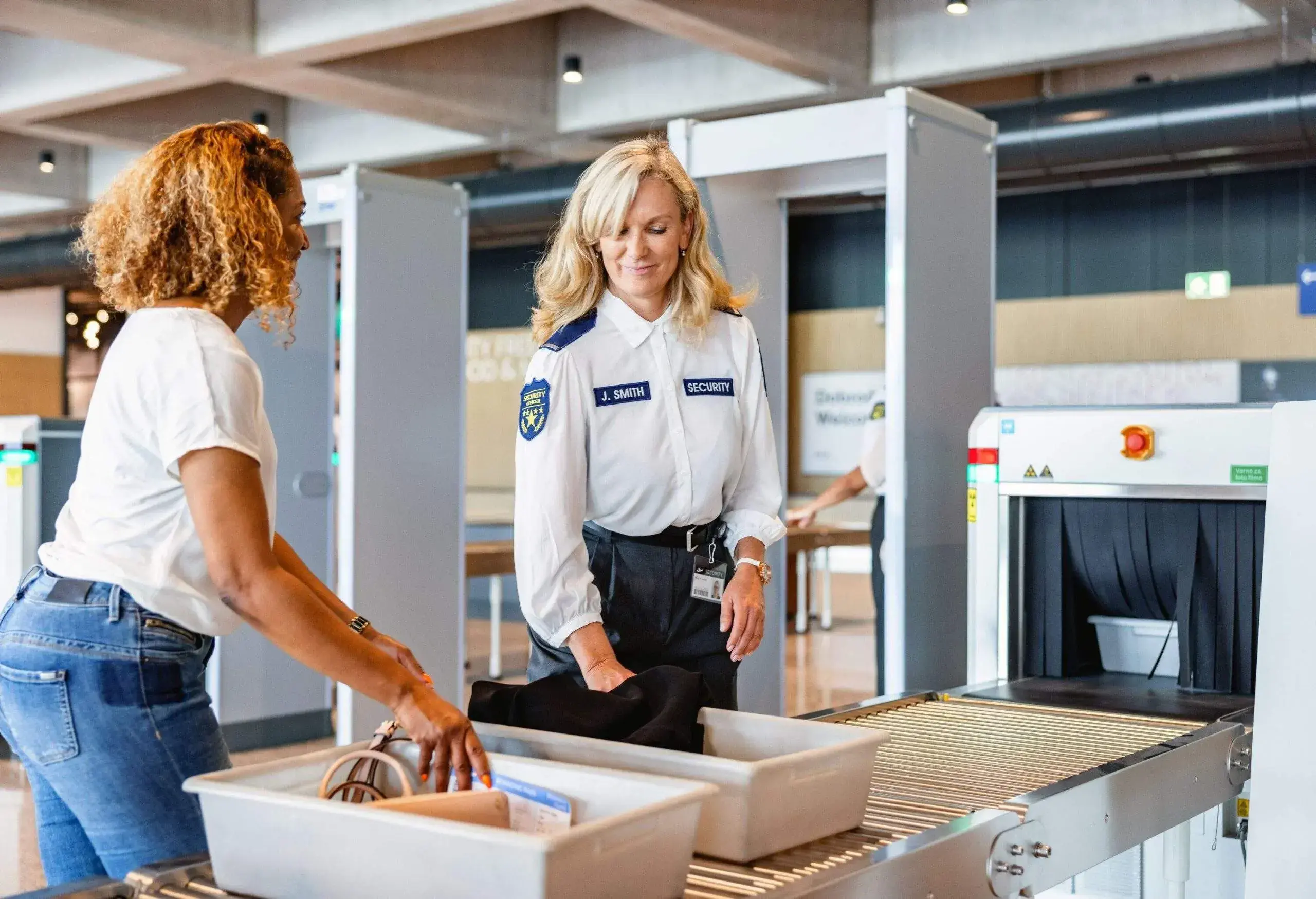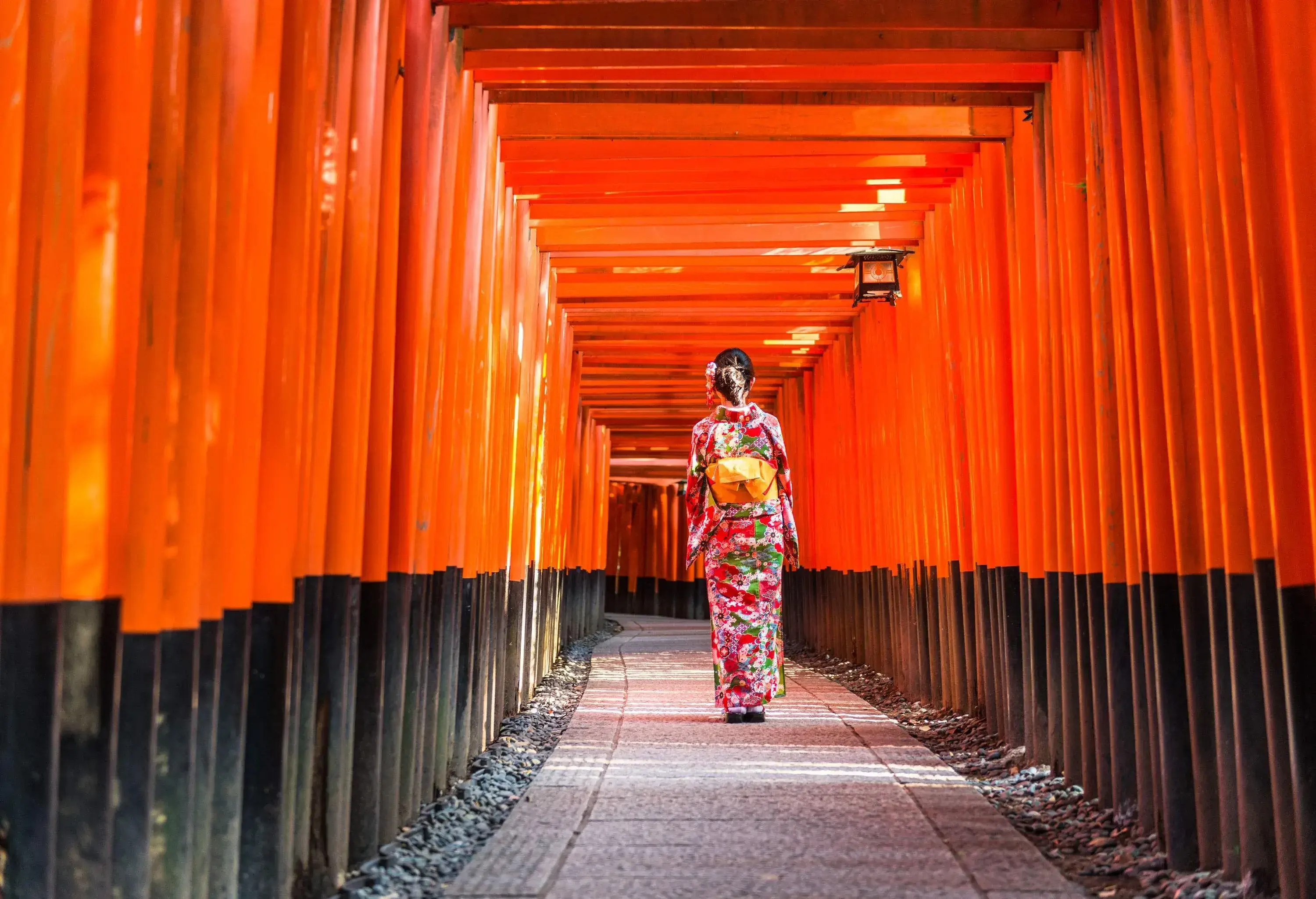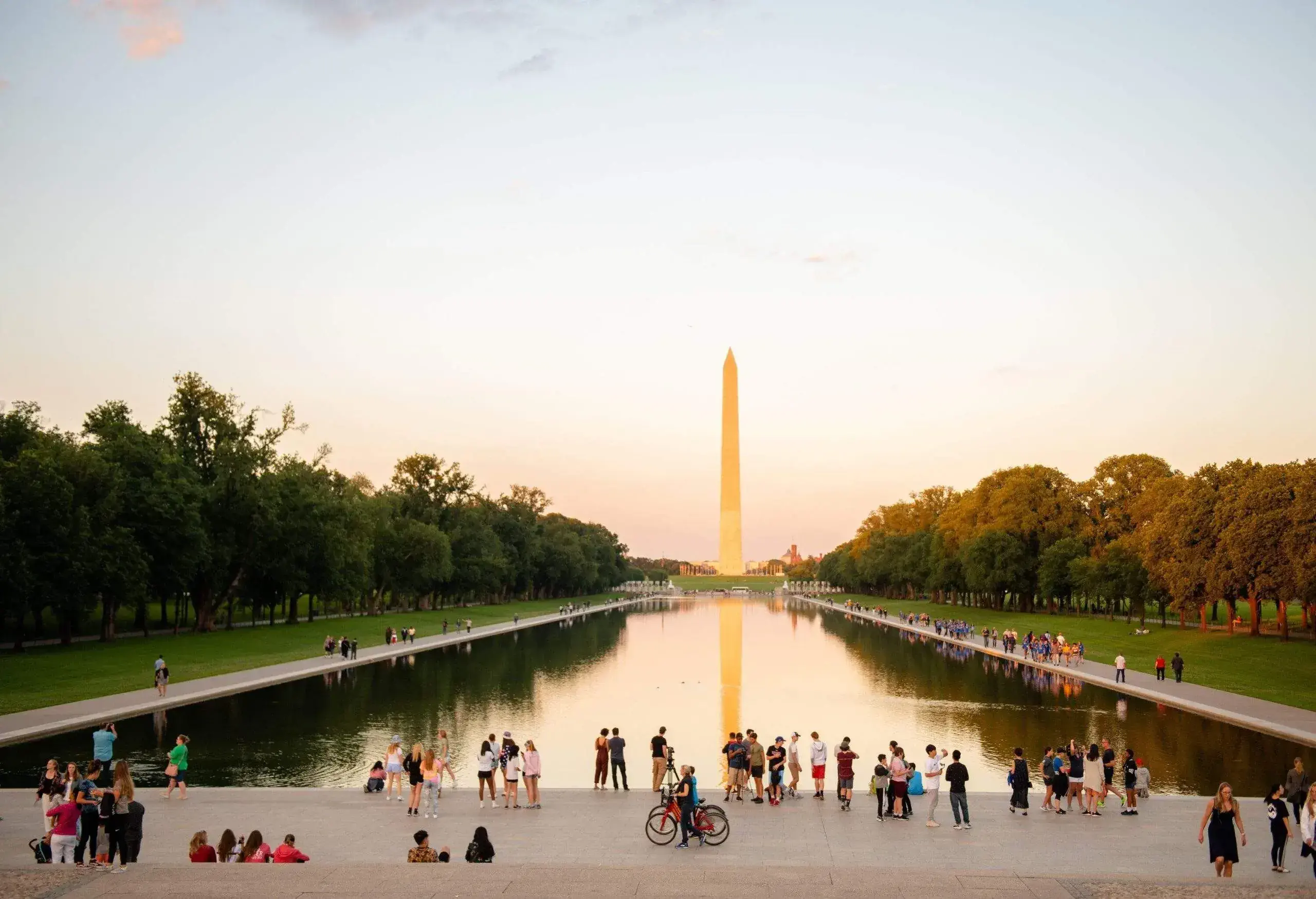Tempted by Tokyo?
If you’re going to invest the time to go to Tokyo, you’d better have a good idea on how to make the most of your trip. Luckily for you, we’re here to help. We’ve teamed up with DJ duo and Travel Pros Eli & Fur to bring you the best tips for exploring Japan’s capital. Take a look what our Travel Pros have to say and then visit KAYAK.co.uk to plan your trip.
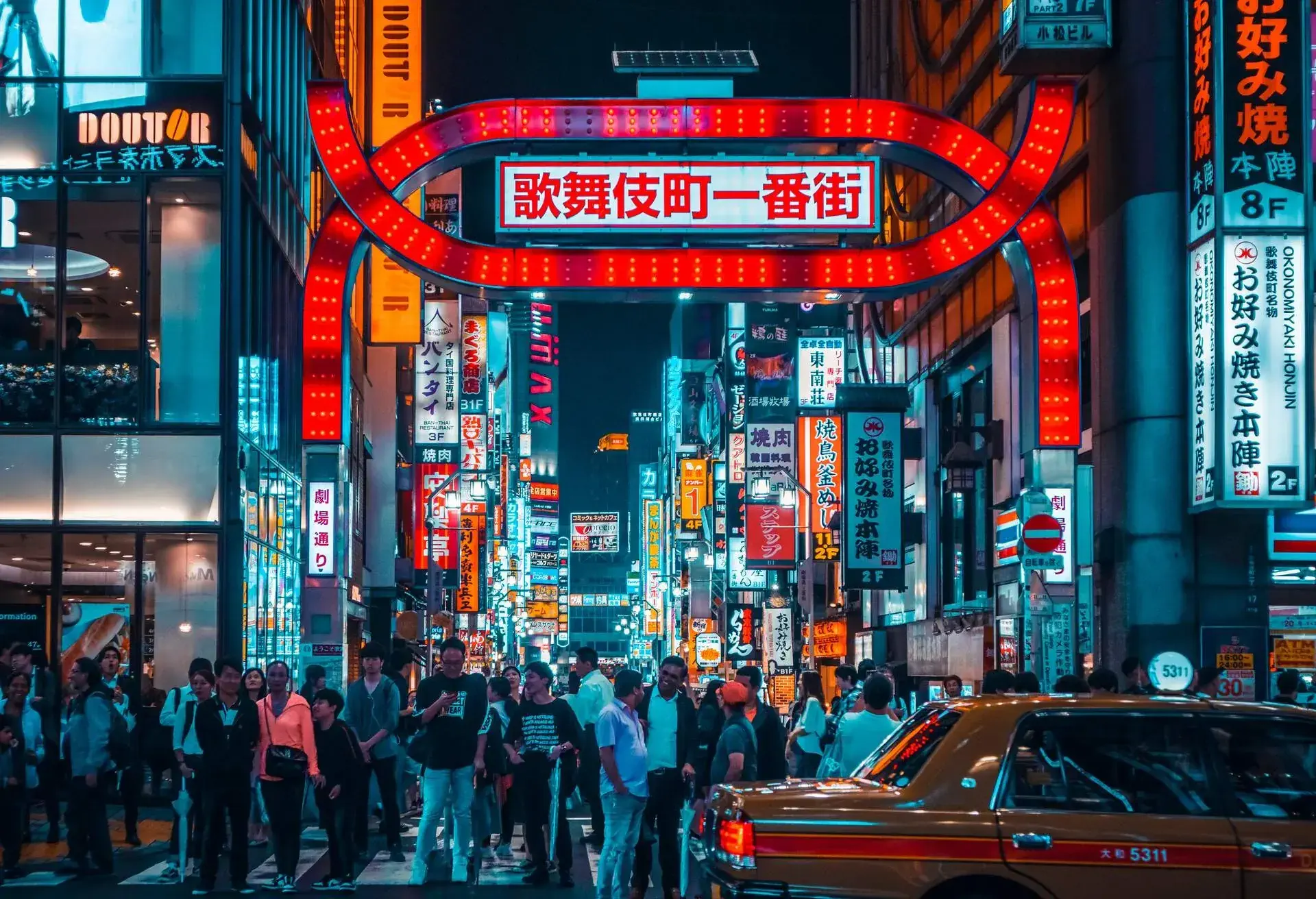
Why you should visit
Despite its massive size, Tokyo is one of the most welcoming capitals in the world. There’s an array of neighbourhoods just waiting for visitors to explore, each with its own unique vibe. Tokyo has a genuine mix of new and old wherever you go, with cutting-edge technology (be it robots or video games) just steps away from ancient shrines and tranquil gardens. Eli & Fur had this to say about Tokyo: “There are so many incredible and interesting differences that you cannot experience anywhere else in the world. From the food to the way of life, the shops, the people and the way the city moves in general”.
1
When to visit
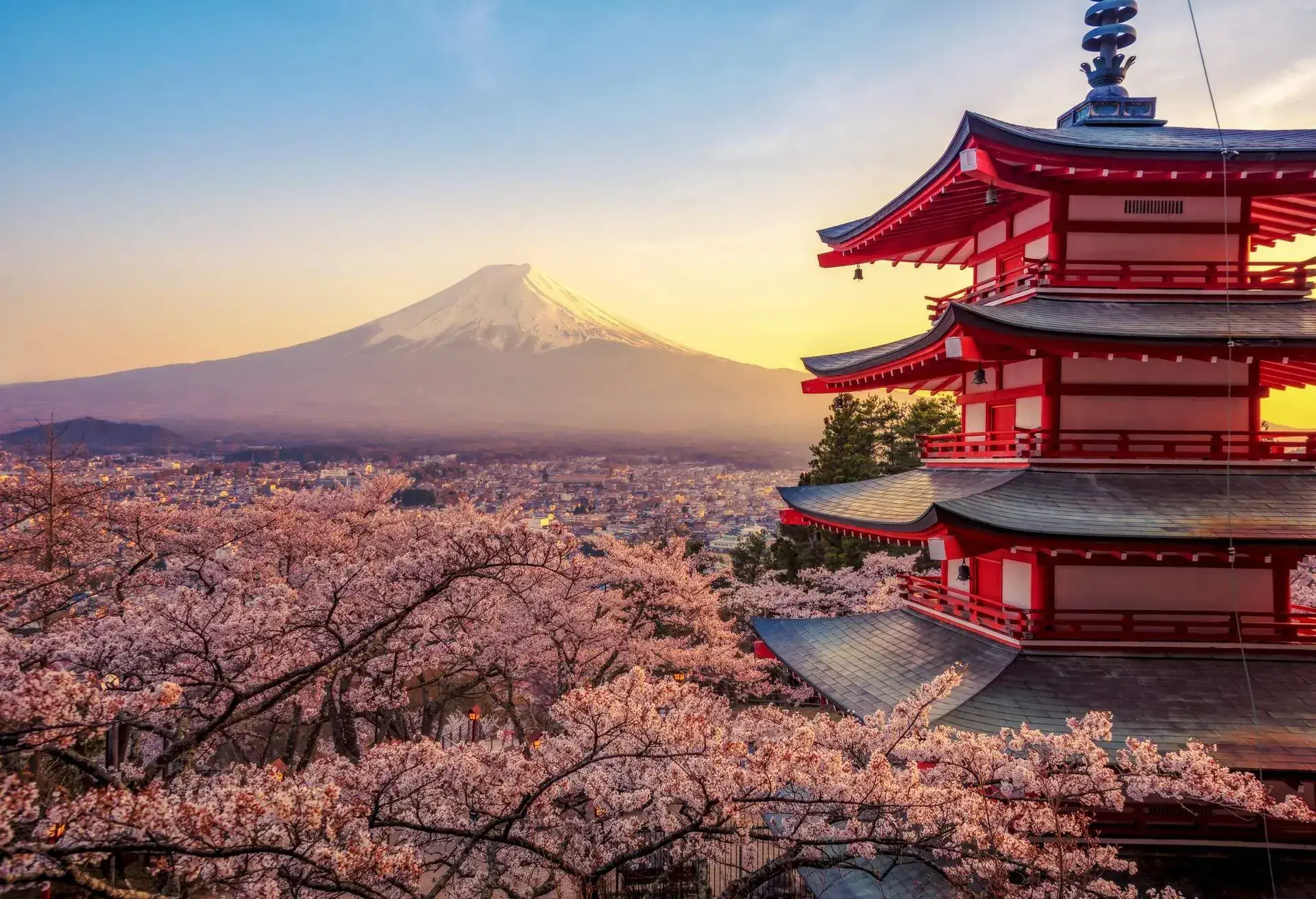
Spring (from March through to May) is the best season to visit, in part because of the iconic pink cherry blossom but also because it’s before the humidity soars and public transport turns into saunas on wheels. Autumn (between October and November) is also a pleasant time to explore the city. Tokyo is famous for its autumn foliage and shrines tend to stage beautiful autumn festivals. However, flight prices tend to be at their most expensive during this time of year. If you have your heart set on an autumn trip like Eli & Fur, then set up a KAYAK Price Alert so you can be confident of the best time to book.
Know the currency
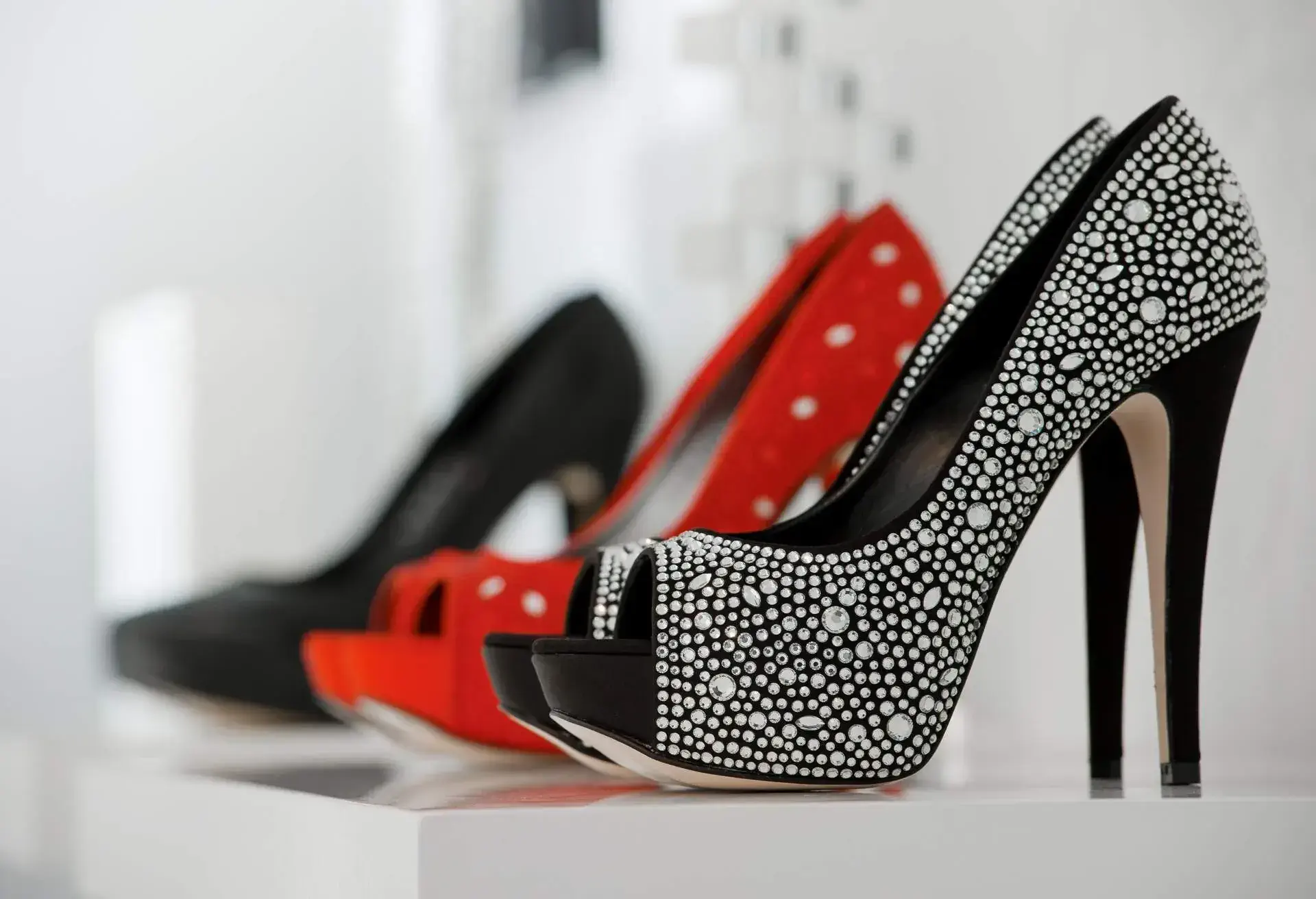
Japan’s currency is Yen, and you can usually have some exchanged at your bank here in the UK or at the airport. But here’s a tip: bring some cash for your trip. Many places simply do not accept credit or debit cards, and cash machines that work with non-Japanese credit or debit cards can be hard to find, even in Tokyo.
Where to stay
From hostels to capsule hotels, from upmarket business hotels to love hotels (where Japanese couples go to get away), there’s plenty of accommodation options in Tokyo. If you’re not going to spend much time in your hotel (and you shouldn’t), a capsule hotel isn’t a bad way to go. When you check in, you simply get a number that matches to your capsule and a locker where to keep your belongings (just remember to take your shoes off!).
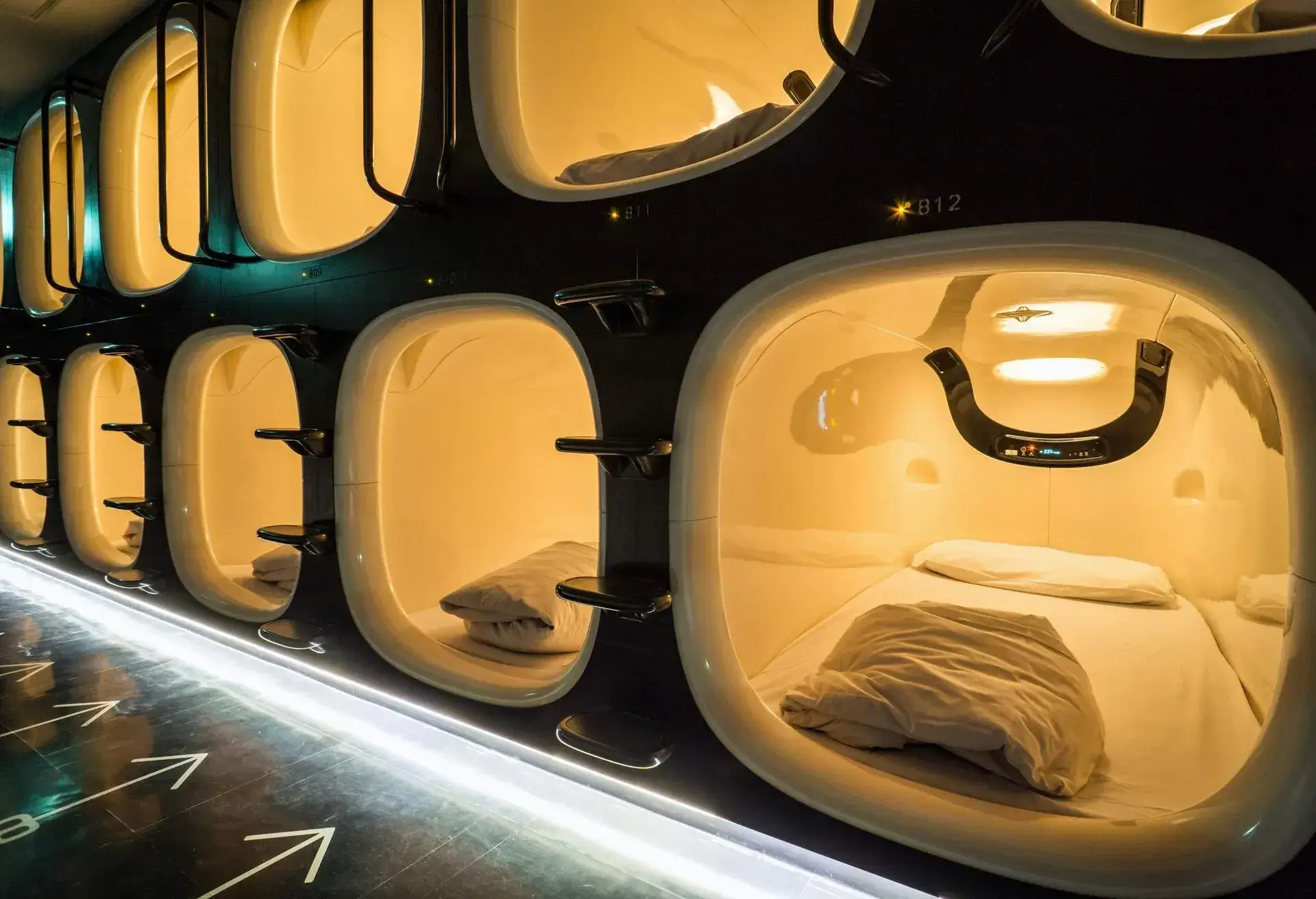
When it comes to choosing which area to stay in, try the neighbourhoods of Ueno and Asakusa. They are more affordable than other areas of the city as there are more accommodation options and are both slightly outside the city centre. Saying that, they are within easy reach of the rest of Tokyo by train.
1
What to eat
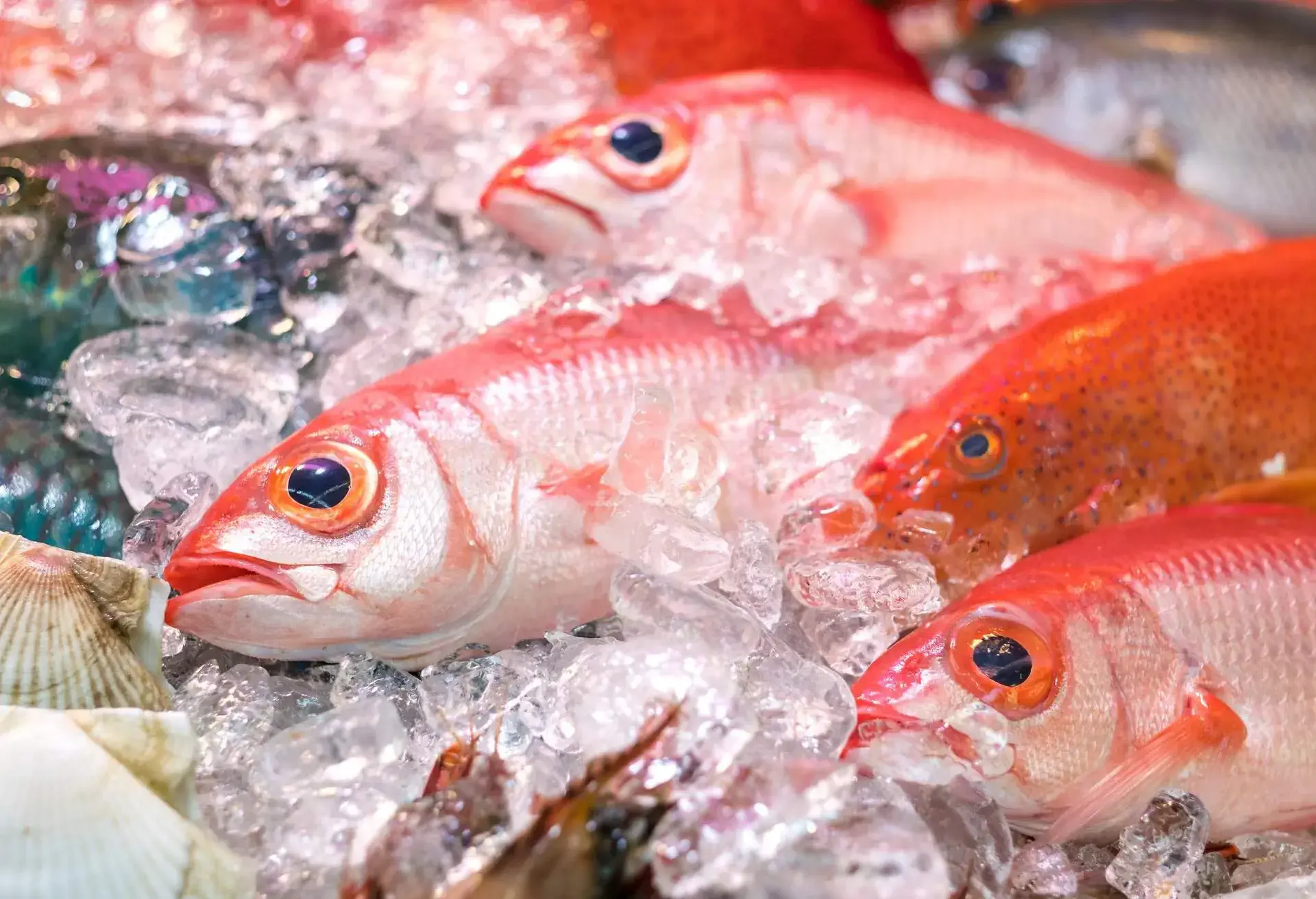
For those of you who think that a city is only as good as its food, Tokyo should be at the top of your bucket list. Let’s get the obvious one out of the way first: sushi. There are so many different places you can go where the sushi is superb, but keep an eye out for the conveyor belt sushi spots (Kaiten-zushi) littered across the city. You can grab a plate of sushi as it passes by, and in some places, each plate is just 100 yen (just under £1!).
Next, we have noodles, from udon to soba to ramen, there’s a surprising amount of choice. You can find good noodles and broth everywhere in Tokyo, from high-end restaurants down to your train station noodle vendors. Eli & Fur took a moment to sample some ramen in Tokyo and had this to say: “The food is different, daring and delicious. There are quite a few different ways to go too, whether it’s street food, udon, sushi, or ramen – one of our personal favourites. There is nothing else like it, it’s delicious and in Tokyo there are places to get amazing ramen on every corner. There are so many flavours and variations to try.”
If you’re looking for street food, head to Tsujiki Outer Market where you’ll find everything from classic curry rice, to tasty steamed buns and even breakfast sushi (yes, breakfast sushi is a thing). Tsujiki used to be the setting for Tokyo’s tuna auction, but now you’ll have to head to the new (and farther to get to) Toyosu site to see all the Tokyo chefs competing for the freshest fish.
One thing you can’t overlook when considering where to eat is Tokyo’s Izakayas. Izakayas are Japan’s local pubs, and each one has its own pub grub. Look out for spots that have offers like “tabehoudai” (all-you-can-eat) or if you’re thirsty, “nomihoudai” (all-you-can-drink). Each Tokyo neighbourhood has its favourites, but the Shibuya and Shinjuku neighbourhoods boast the highest number of Izakayas for you to visit.
Where to get your culture-fix
There is no shortage of places in Tokyo for culture vultures. Japan’s history of Shintoism and Buddhism gives the city a plethora of beautiful temples to visit. These buildings are often hundreds or even thousands of years old, yet it’s still easy to see how these religions still influence Japanese culture today.
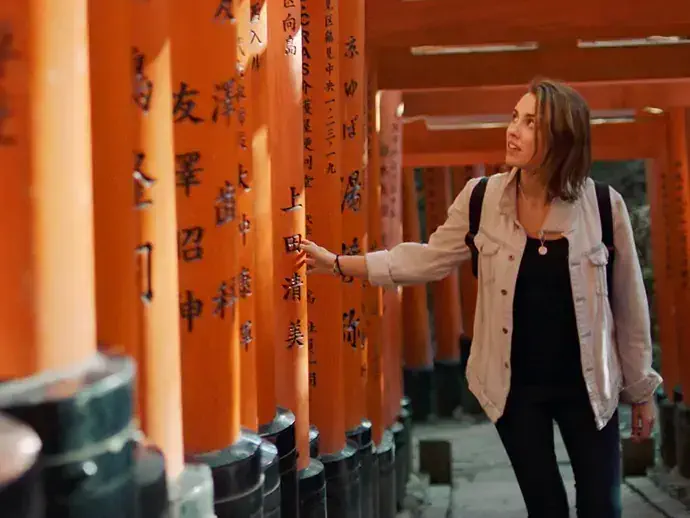
One thing you can’t miss is hearing Japan’s unique musical instruments. Eli & Fur were excited to have “a chance to experience how traditional Japanese musicians use Taiko drums and the Shamisen [Editors Note: a three-stringed traditional Japanese musical instrument] perform”.
Pro tip: A good place to hear traditional Japanese music is the restaurant Kikkō in the Asakusa neighbourhood. There are often live performances while you tuck into traditional Japanese cuisine.
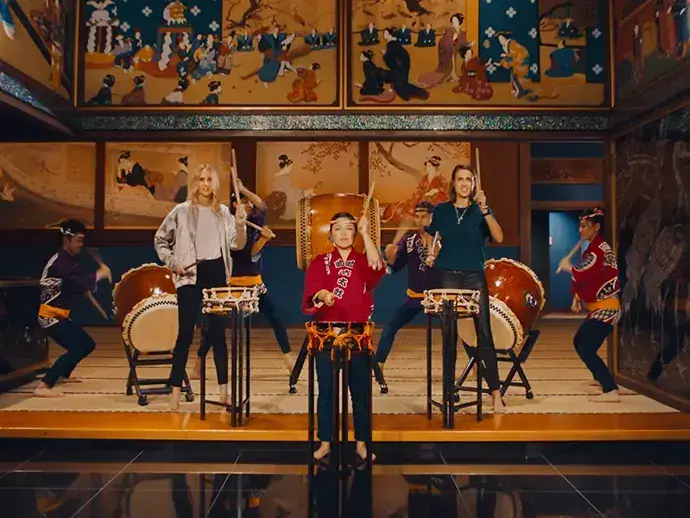

Good to know
- Japan uses American-style plug sockets, so make sure you bring an adapter.
- Don’t tip! It can be viewed as rude, so just pay what’s due.
- Handshakes and hugs aren’t common. Instead, nod your head or bow when introducing yourself.
- When going into an Onsen, hotel, or any other indoor areas, look to see if there are slippers on the floor. If so, it means you’re supposed to take your shoes off and use the slippers instead.
- Don’t have a private conversation on your mobile in a public place, it’s considered rude. If you get a call when in a restaurant or on the train, find a secluded spot before picking up.
1

